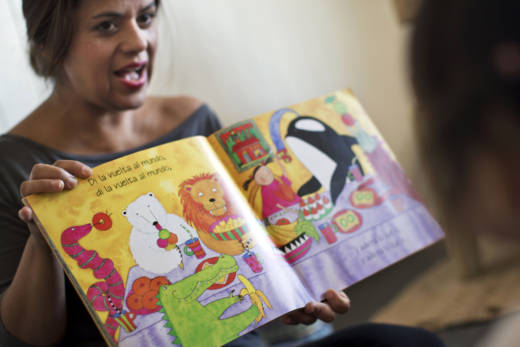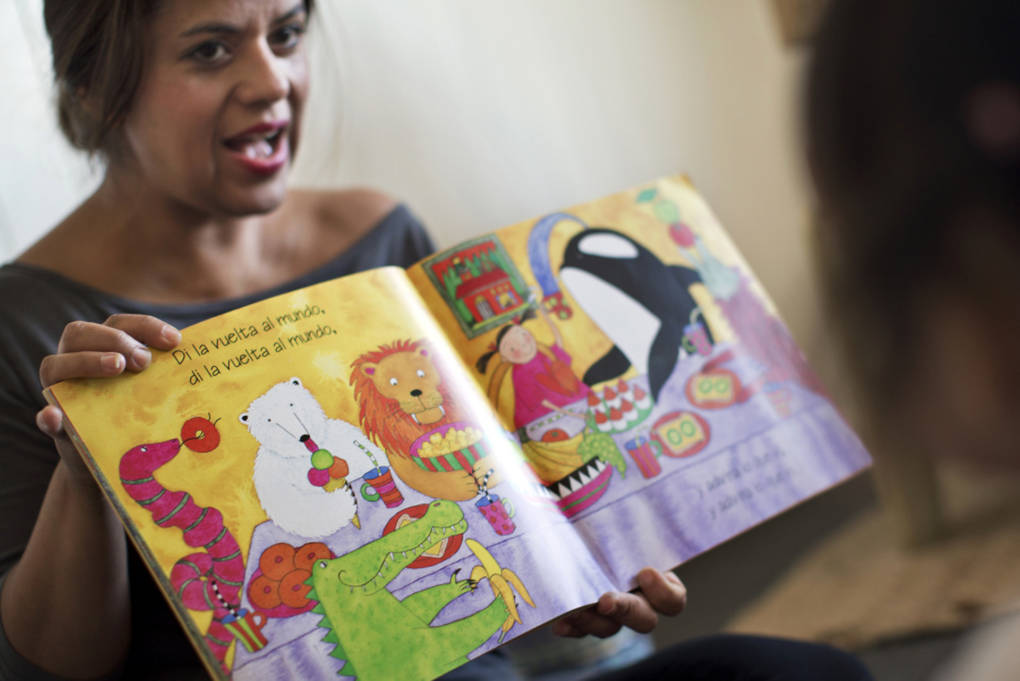Zyanya Cazares, a sixth-grade teacher who is starting a new assignment this fall teaching in a bilingual education program in Los Angeles, grew up speaking Spanish. But she was recently reminded that the casual, conversational Spanish she spoke at home is not the same as the formal form of the language she's now being asked to teach.
“As a Chicana, it’s very easy to say, ‘Oh I know how to say that word in Spanish, you just add an 'o' at the end,’ ” Cazares said. “But that’s not academic Spanish, and we’re in an academic setting -- so I definitely have to prepare to learn the real word of how to say it academically.”
Cazares was one of a dozen current and aspiring bilingual education teachers who gathered at California State University Dominguez Hills to learn about the latest teaching methods and also, for many teachers like Cazares, to fill in gaps in their language skills.
More often than not, many educators say, bilingual education teachers’ grasp of academic language in their second language trails that of their academic language in English. Experts in bilingual education say improving those skills will be essential as school districts open new programs after California voters lifted restrictions on dual-language programs last year.
“Principals tell us, we know that the content is important, what they need to teach, but send us teachers [who] speak Spanish well,” said Lilia Sarmiento, a professor of education at Cal State Dominguez Hills.

